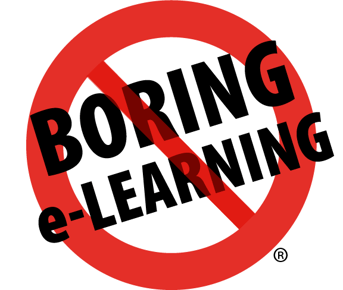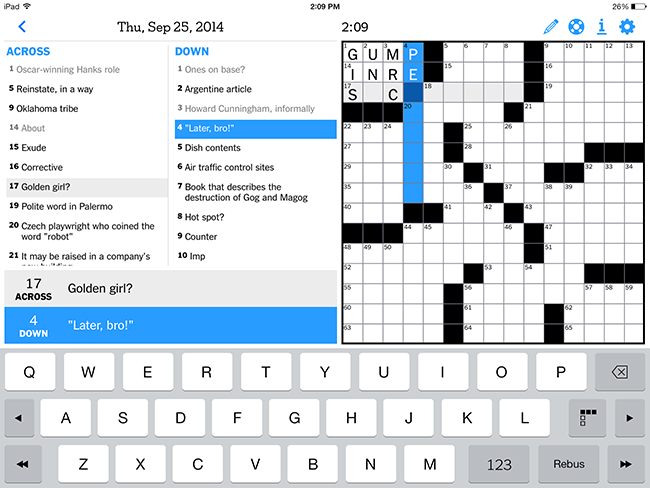Blog
Context in e-Learning Design: From Routine To Remarkable
By Ethan Edwards, Chief Instructional Strategist / @ethanaedwards I love finding inspiration for better instructional design in unlikely sources. My ...


Erase Boring e-Learning: Show What You Know
By Ethan Edwards | July 27, 2016 | Custom Learning | 0 Comments
By Ethan Edwards, Chief Instructional Strategist / @ethanaedwards

I love finding inspiration for better instructional design in unlikely sources. My eye stumbled across one of these sources this week in an unplanned exposure to a book title in a Facebook post. The book in question is Rabbinic Literature & the New Testament, by Biblical/Talmudic historian Jacob Neusner. Now I want to make clear, I haven’t actually seen, read, or even have much interest in the topic, but the subtitle captures some essential wisdom about learning: What We Cannot Show, We Do Not Know. Lifted from its original context, this strikes me as a particularly significant principle to guide the design of e-learning modules.
What We Cannot Show, We Do Not Know
So much e-learning is unbearably boring and lacking in impact simply because learners  aren’t asked to DO anything. Sure, learners must select navigation buttons (like “Next”) and respond to inconsequential questions by selecting buttons corresponding to “a,” “b,” or “c.” But these actions add up to nothing. They require virtually no effort, and more importantly, no active thinking. Recalling information alone without opportunities for application doesn’t create much lasting change.
aren’t asked to DO anything. Sure, learners must select navigation buttons (like “Next”) and respond to inconsequential questions by selecting buttons corresponding to “a,” “b,” or “c.” But these actions add up to nothing. They require virtually no effort, and more importantly, no active thinking. Recalling information alone without opportunities for application doesn’t create much lasting change.
But this phrase from Neusner’s title (and it bears repeating: What we cannot show, we do not know) captures the essential component of any learning. Action (or “showing”) is the critical step in demonstrating mastery and reinforcing change. Even though he evokes the phrase to comment on Biblical scholarship, it holds the key to designing e-learning that captivates and creates lasting change.
Good e-learning is centered on creating opportunities for learners to absorb new knowledge and skills and SHOW what they understand by engaging in meaningful action:
-
Solving a typical challenge embedded in a scenario
-
Performing realistic simulated actions to show mastery
-
Responding to intrinsic, context-rich feedback
What we need to do is clear. Designing interactions that satisfy these goals is not always so easy. While it can take years of experience to design instructionally interactive e-learning without a struggle, we need to be able to start designing in this way for any hope of change.
I’ve been trying for a while to simplify the challenge of creating high-level interactions—to come up with a process that can jumpstart a design to move it to more engaging learning. In some ways, a practical embodiment of designing individualized interactive training engages learners by getting them to show what they know.
Break Out of Boring e-Learning
If you are interested in some practical advice in how to break out of the patterns of boring e-learning, I encourage you to consider coming to The Allen Experience, which will be held Tuesday, September 20th in Chicago, co-located with Training magazine’s Online Learning Conference.
The Allen Experience is a one-day event that provides hands-on experiences and presentations to really hone your design skills. As part of that event, I’ll lead one of three hands-on breakout sessions: Practical Design Steps to Banish Boring e-Learning. I’ll present some powerful but straightforward steps to take to elevate the impact of your interactivity. Hope to see you there!
SHARE THIS BLOG!
Click to Tweet: Erase Boring #eLearning: Show What You Know #aiblog @ethanaedwards @customelearning http://ctt.ec/USX8t+

About the Author: Ethan Edwards
Ethan Edwards draws from more than 30 years of industry experience as an elearning instructional designer and developer. He is responsible for the delivery of the internal and external training and communications that reflect Allen Interactions’ unique perspective on creating Meaningful, Memorable, and Motivational learning solutions backed by the best instructional design and latest technologies.
Comments
Would you like to leave a comment?
Related Blog Posts

By: Ethan Edwards | May, 2015
Category: Custom Learning, Strategic Consulting

Blog
A Commencement Address for e-Learning
By Ethan Edwards, Chief Instructional Strategist / @ethanaedwards I love finding inspiration for better instructional design in unlikely sources. My ...
By: Ethan Edwards | May, 2015
Category: Custom Learning, Strategic Consulting

Blog
The e-Learning Puzzle: Don't Feel DOWN; Get Your Message ACROSS
By Ethan Edwards, Chief Instructional Strategist / @ethanaedwards I love finding inspiration for better instructional design in unlikely sources. My ...
By: Ethan Edwards | Sep, 2014
Category: Custom Learning

